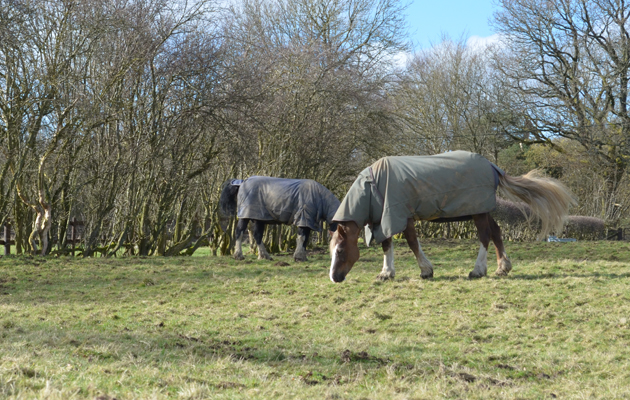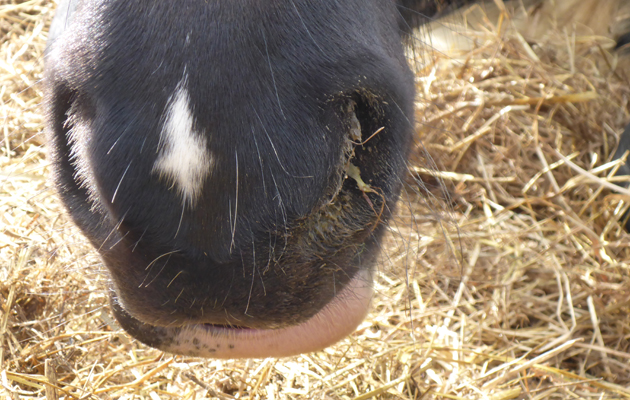A vet who had two reported cases of colic, and neither owner could tell her the horse’s temperature, has urged owners to check their horses’ vital signs. H&H speaks to the experts
OWNERS are being reminded of the importance of knowing their horses’ vital signs and incorporating these checks into their daily routines.
As winter can bring changes to horses’ management and routines, experts agree that understanding what is “normal” for horses in terms of temperature, respiratory and heart rate is useful for spotting early signs of illness.
Equine locum vet Abbie Callow, who runs Equine Education Courses teaching first aid, said she often finds yards do not have a thermometer. She told H&H that she dealt with two cases of colic in horses on separate evenings, and while one owner was stressed and one calm, neither could provide the horse’s a temperature over the phone.
“I had the same information for each horse, the only difference was the reaction of the owner. Had they been on the same night, the information provided by the owners would have caused me to visit the less urgent one first,” she said.
“As vets, prioritising is part of our training – we learn to deal with situations, but it can be helpful being provided with the vital signs. It’s surprising that many owners, who are so good at things like bandaging and wound management, don’t know these.”
British Equine Veterinary Association president Lucy Grieve explained that a horse’s heart rate can be calculated by counting the beats over 15 seconds then multiplying by four; a normal resting heart rate is between 38 and 44 beats per minute. A normal resting horse should take 12 to 29 breaths per minute; this rarely increases unless something is wrong.
“If the heart rate is high, knowing how high can help determine how serious a condition is, like colic. It is one of the critical factors we use to judge whether a horse needs urgent referral and could save vital time,” said Mrs Grieve.
“Gums should be salmon-pink and when you press them, the colour should return within two seconds, known as the capillary refill time (CRT). If the CRT is more, blood is failing to supply the body normally – this is a cause for concern and should also help the vet determine the case urgency.”
British Horse Society director of welfare Gemma Stanford told H&H she recommends that owners know their horses’ normal behaviour and health ranges.
“A high temperature can be the first indicator your horse is unwell, often before they show clinical signs, which is common for strangles,” she said.
High Plains livery yard manager Julie Howard told H&H that following the 2019 UK equine flu outbreak, she encourages owners to monitor their horses’ vital signs every day.
“It’s a simple task but owners are quite daunted by it,” she said. “It’s easy to ask a yard manager or groom to take the temperature, but we’re encouraging owners to do it so they gain confidence.”
You might also be interested in…

‘It could help save your horse’: owners urged to sign up for Colic Awareness Week
‘The campaign has been well received by horse owners and vets, however we are aware that many people may not

Latest in the veterinary world on taking horses’ temperature *H&H Plus*
Temperature taking and rugging up are in the research news, reports Peter Green MRCVS

‘Stop the vilifying’: owners urged to speak out to tackle disease outbreaks head-on
"Imagine how much better off we would be if we knew where the other outbreaks and infectious diseases are"

Colic in horses: what every horse owner needs to know

12 essential pieces of first aid advice for an equine emergency
National pet charity Blue Cross has highlighted horse health care with some essential first aid tips for owners


